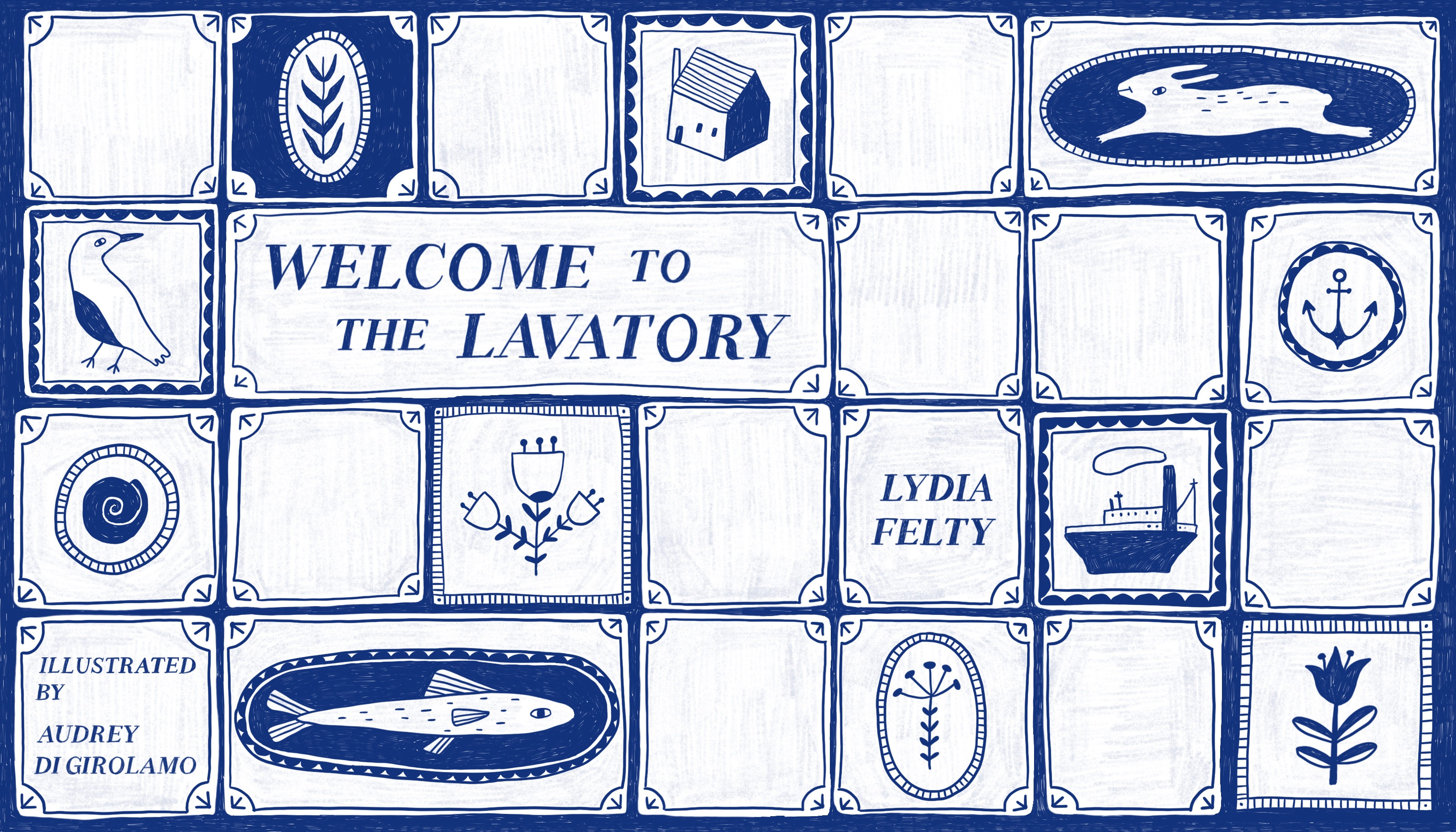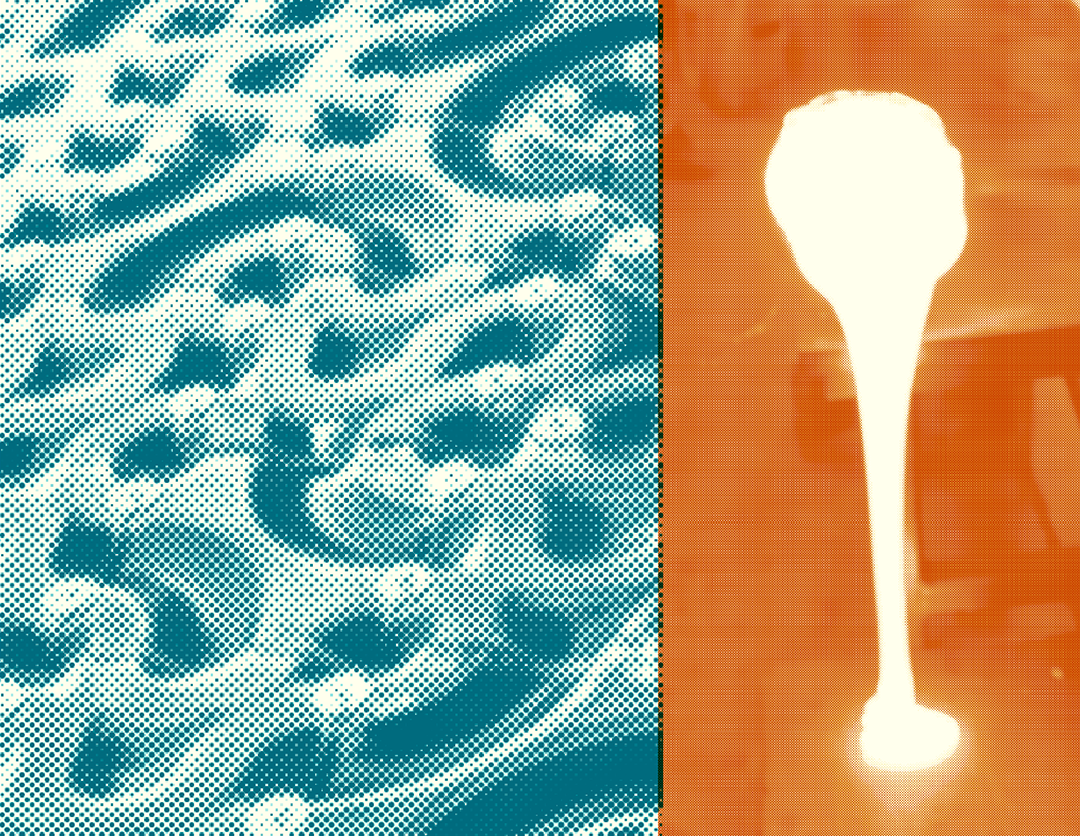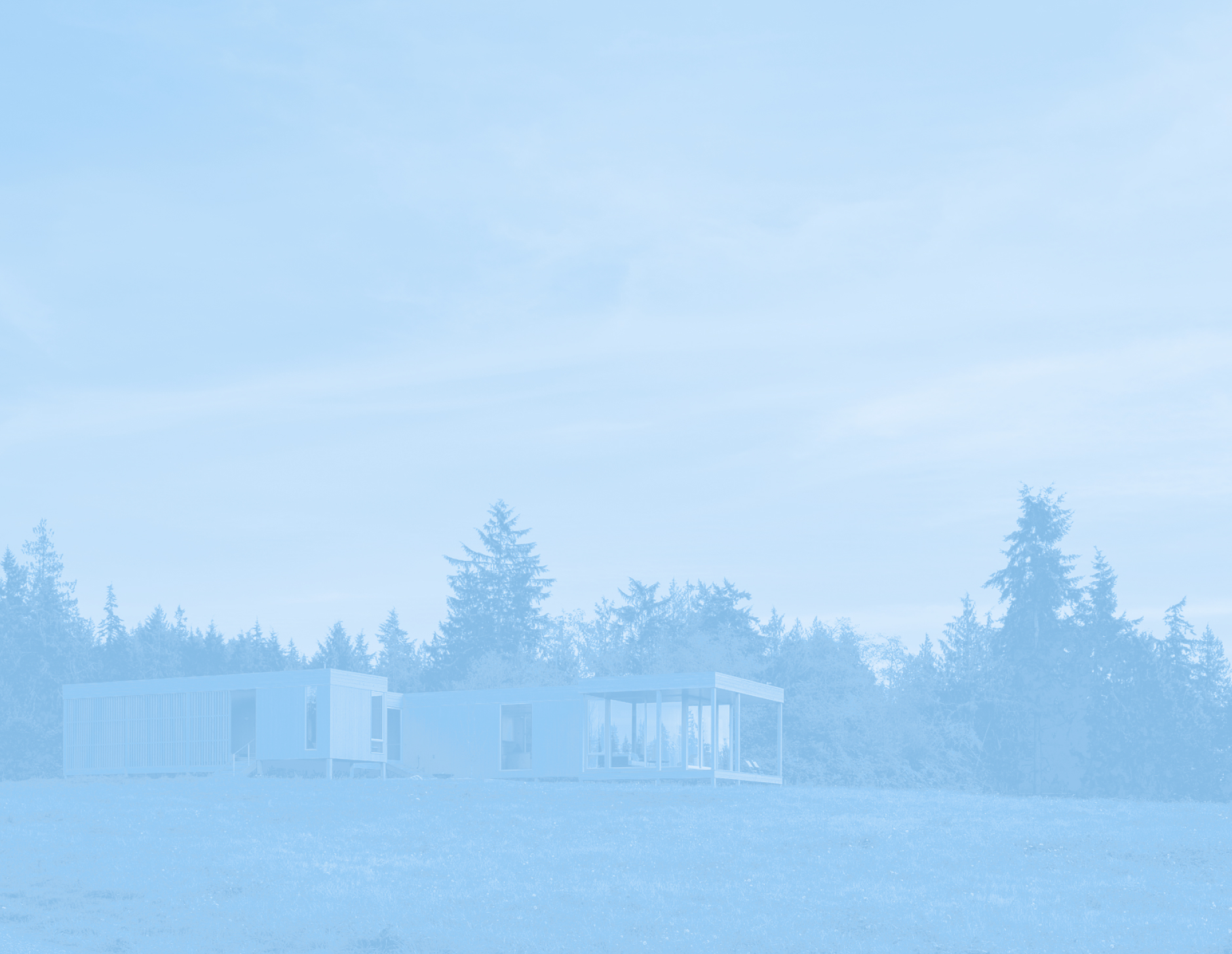
Lavatories shape how I move in and think about the world. I loved my childhood home’s bathroom for its saloon doors separating the toilet and sink, my Aunt Wanda’s sunken pink-tile bathtub had my heart long before I had words for it, and we planned family road trip routes to hit our favorite restrooms. In fact, my parents boycotted BP long before the rest of the nation, not as environmentalists but because two bad restroom experiences in a row made them vow to never return.
While bathroom discourse is prevalent in my life, it’s more often found tucked away in a corner, just like the room itself. Discussion is limited to jokes about the gender gap in restroom lines and remarks on cleanliness, even though lavatory design affects our lives on a daily basis. People are more likely to revisit and buy more at businesses with well-maintained bathrooms. Bathroom features can be a make-or-break for house hunters, whether because the bubblegum pink ‘70s-style bathroom is not the vibe they’re looking for or because they have a larger body that the standard-size bathtub won’t accommodate. For many, libraries evoke thoughts only of books, rather than the radical fact that their public restrooms are open to everyone.
When we talk about bathrooms, particularly public restrooms, we’re talking about privacy, access, gender, race, class, sexuality, accessibility, right to comfort, and health, whether we say those words out loud or not. The design of any bathroom prioritizes (or de-prioritizes) each of these differently — just look at the range of stalls, sink heights, and even wall opacity architects used to demonstrate hospitality culture in the Tokyo Toilet project. Closer to home, Seattle-Tacoma International Airport’s new all-gender restrooms feature uncommon amenities and levels of privacy for the U.S., with gapless stall doors, storage space, and art. Online discussions, however, seem to ignore everything after “all-gender.”
This shouldn’t be surprising. Public restrooms have been a legislative battleground as long as they’ve existed — when it comes to access, at least. But design and culture impact each other far beyond.
Take, for example, motion-activated soap dispensers, which have a harder time recognizing darker skin tones due to systemic racism in technology. Consider, too, stall-less side-by-side toilets. They’re often used as an example of the horrors of concentration camps and detention centers. Yet, C-list celebrity couple Meghan Trainor and Daryl Sabara (Juni from Spy Kids) specifically installed one in their own home. Personal agency here makes all the difference, turning inhumane design into a quirky luxury. Indeed, how we as individuals and as a collective create, discuss, and engage with bathrooms as spaces speaks volumes about our sociocultural landscape.
So come along, dear reader, on this trip to the bathroom. Ask me your burning questions about bathrooms, point me toward your favorites in the PNW (and beyond!), and let me know who you would pick — if you had to — to share luxury side-by-side toilets with. Welcome to the Lavatory.






.jpg)

.jpg)